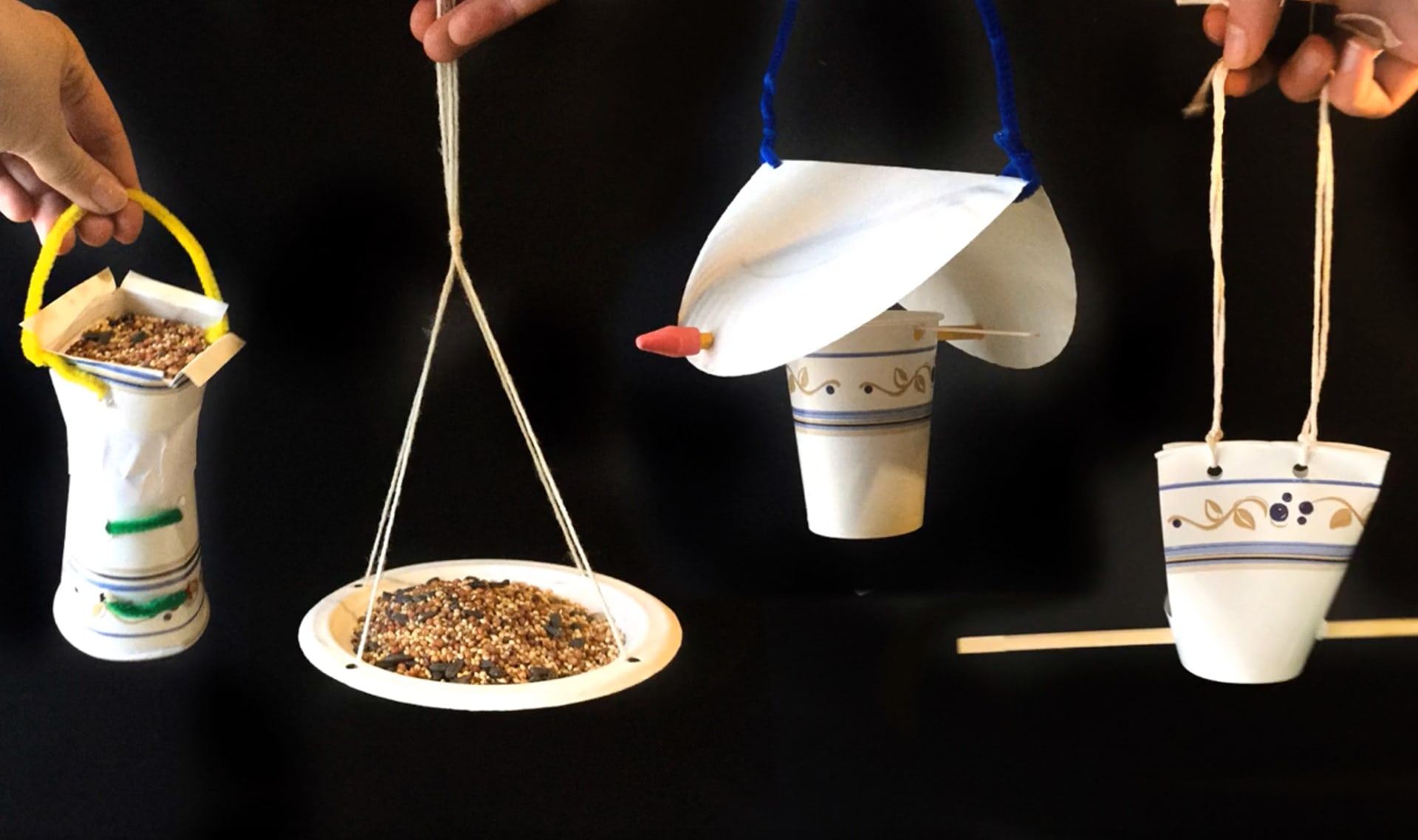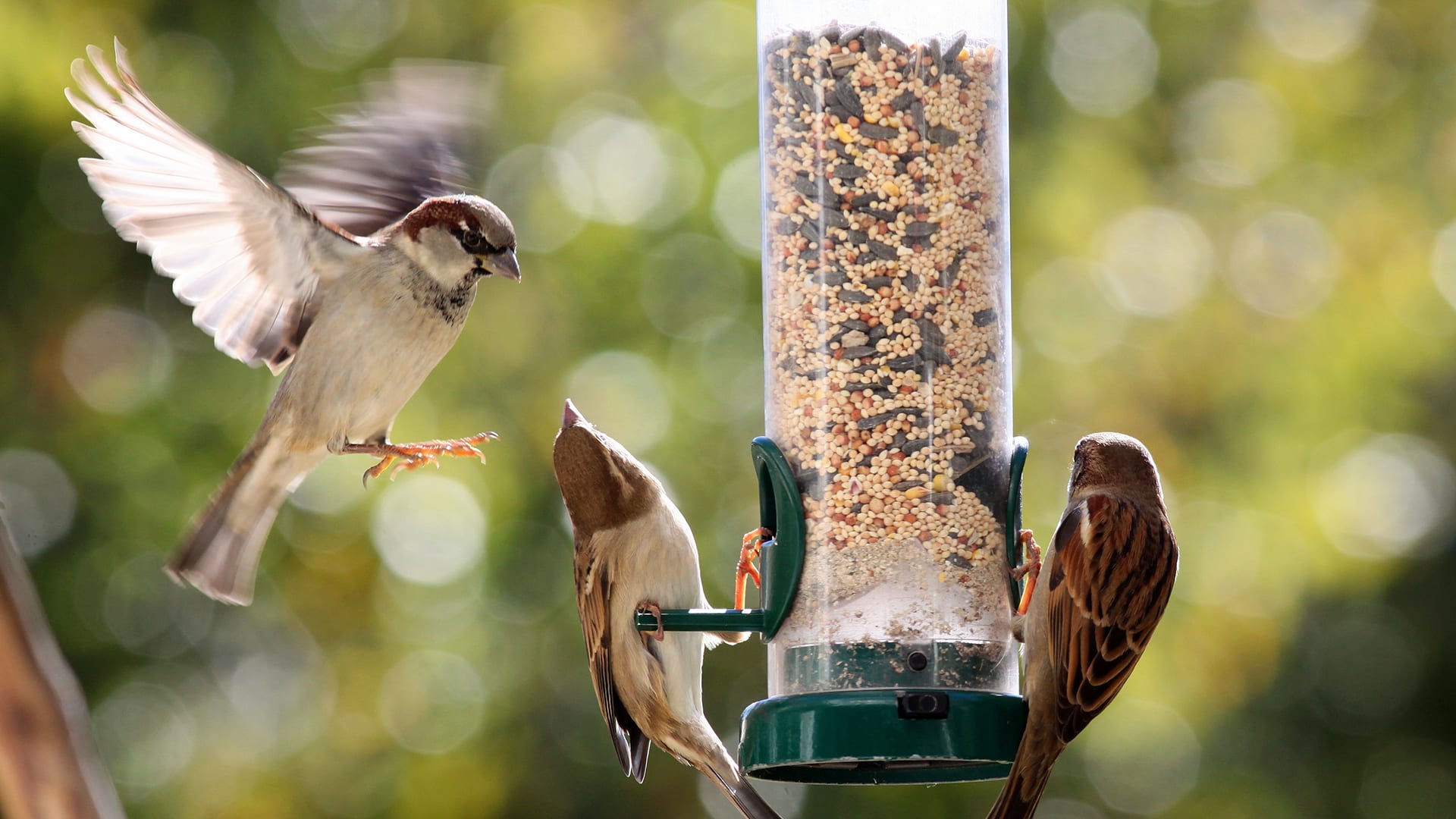
DISCUSS (1 of 4):
Do you think this bird would come to the feeder? Why or why not? Hint: Think about what the bird would like to eat.
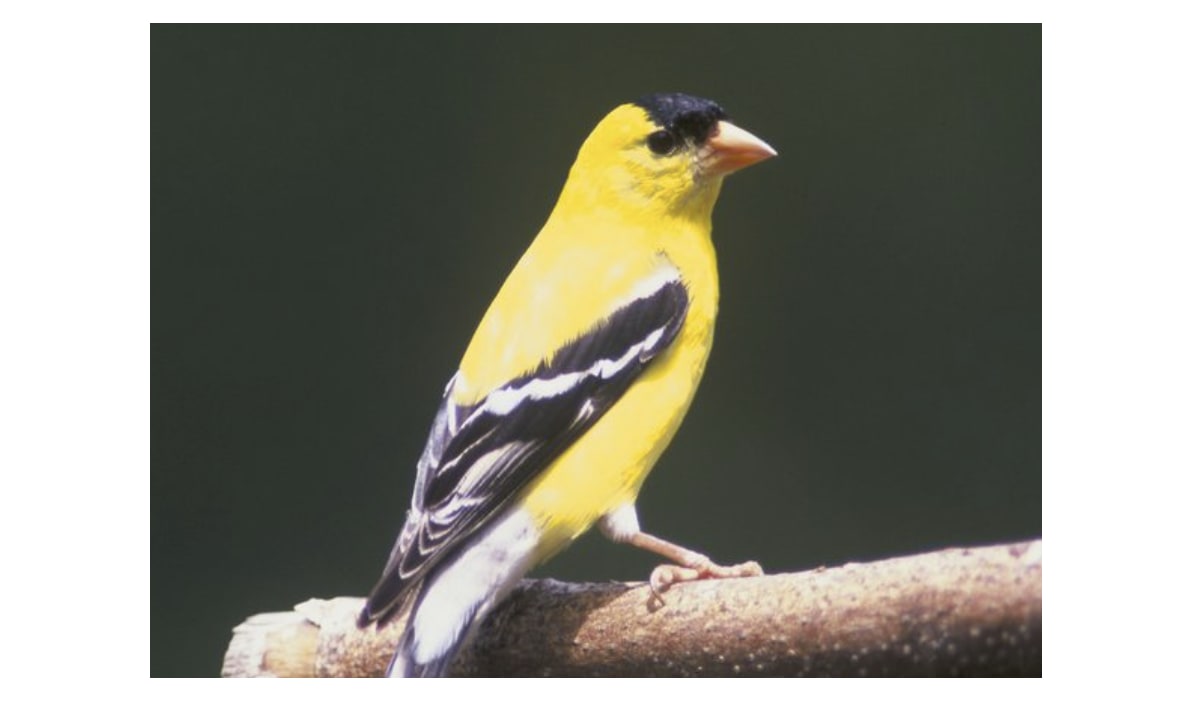
DISCUSS (2 of 4):
Do you think this bird would come to the feeder? Why or why not? Hint: Think about what the bird would like to eat.

DISCUSS (3 of 4):
Do you think this bird would come to the feeder? Why or why not? Hint: Think about what the bird would like to eat.
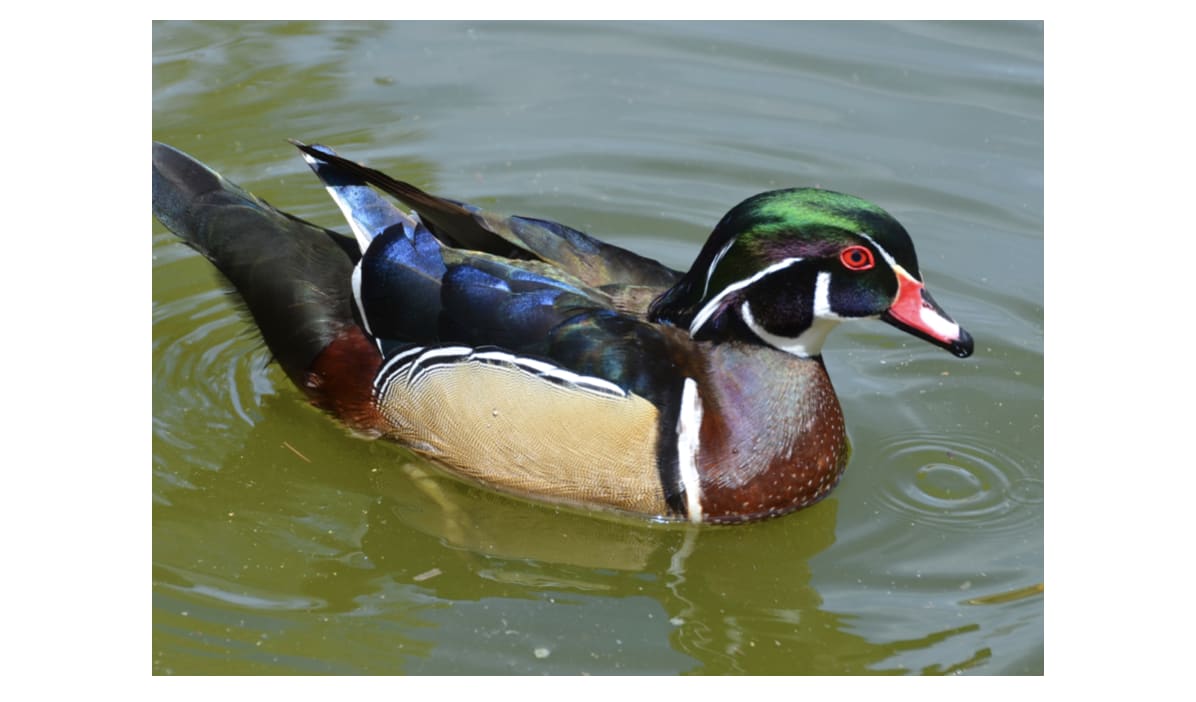
DISCUSS (4 of 4):
Do you think this bird would come to the feeder? Why or why not? Hint: Think about what the bird would like to eat.
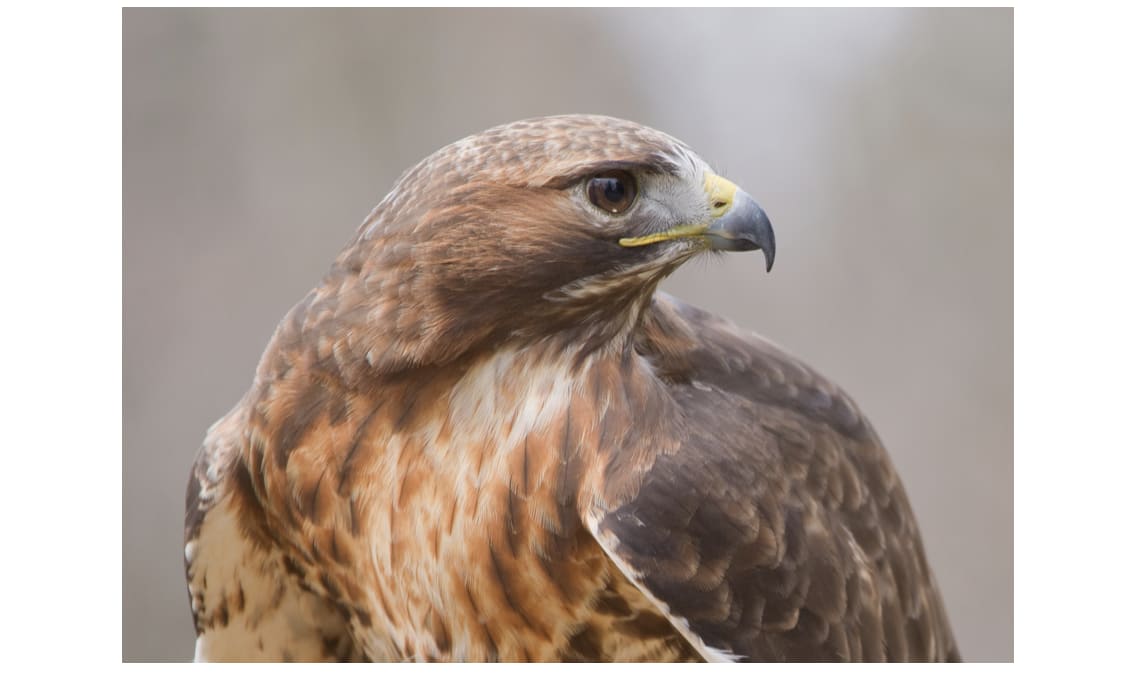

DISCUSS:
How do you think this feeder works to attract hummingbirds?
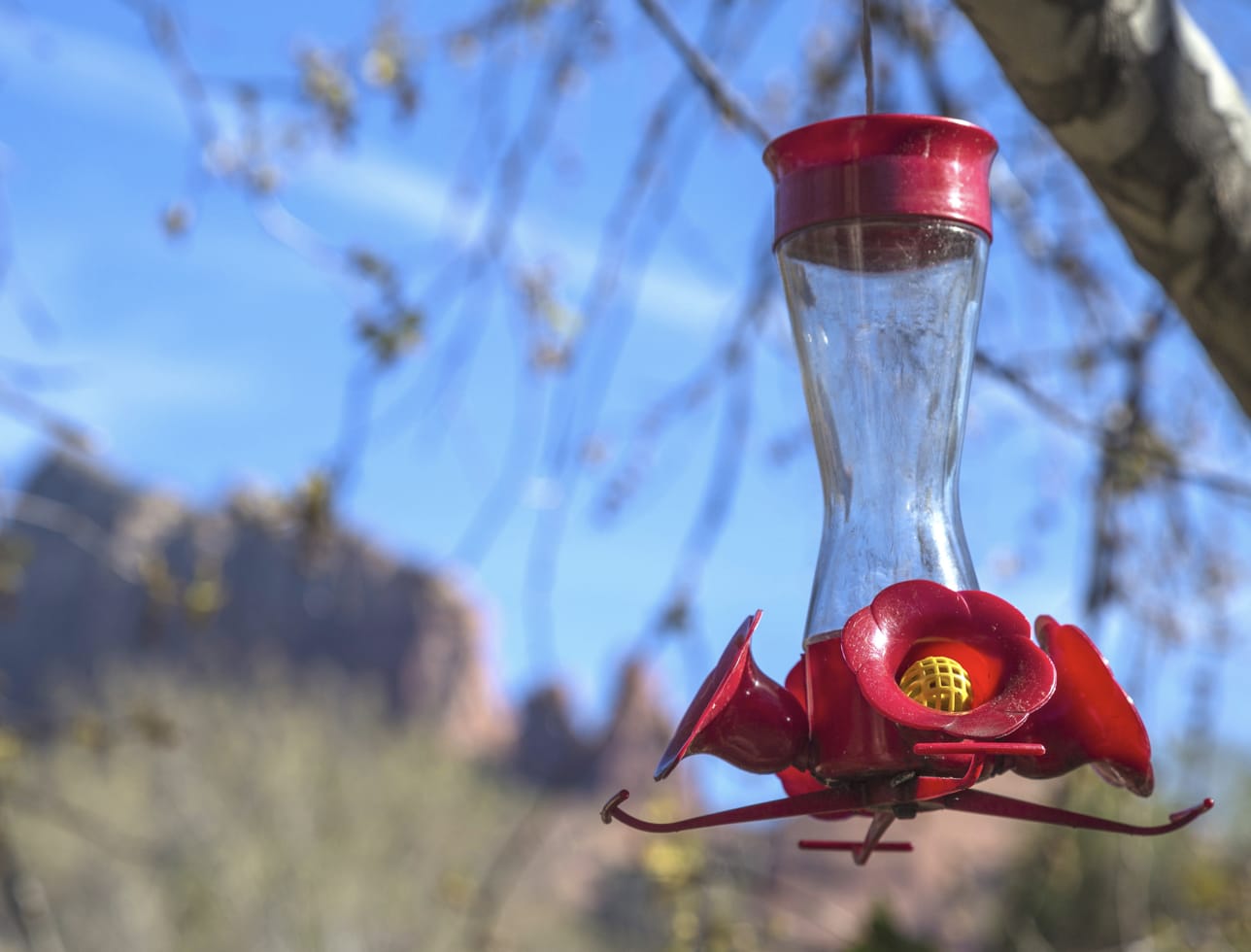











Building a prototype bird feeder can take up to 30 more minutes if your class is enthusiastic.
If your time is limited, this is a natural stopping point. You can have students write their names on their worksheets and collect them. You can then build the prototype bird feeders and complete the worksheet during your next science class.







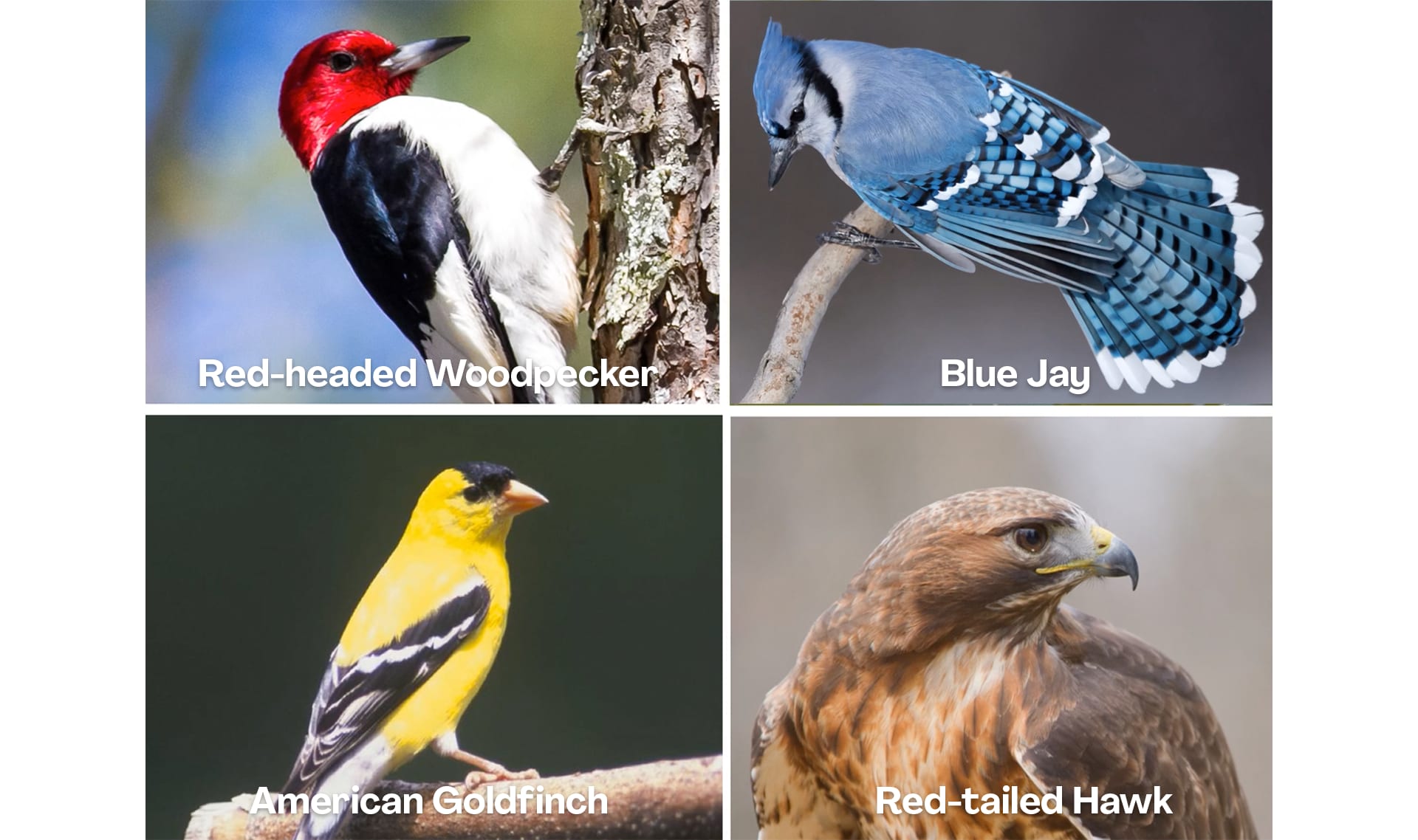
species

binoculars

engineer

design
